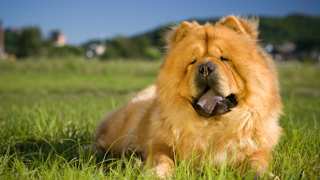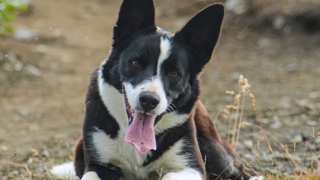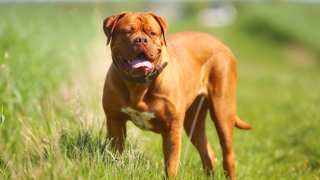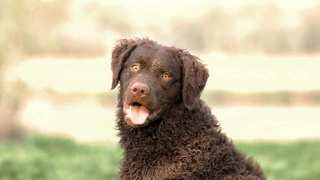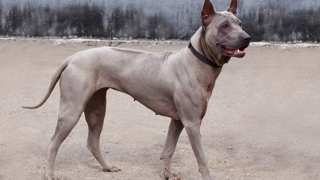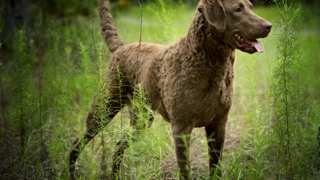Like all breeds, Shar Pei dog food will need to include plenty of animal proteins and carbohydrates for energy, vitamins and minerals for digestive and immune health, and omega fatty acids for coat and skin wellness--which means the best food type for this breed is the premium dry kind. Premium food, while more expensive and difficult to obtain, contains balanced portions of the above-listed ingredients, all of which your Shar Pei will need to maintain its health.
The typical adult Shar Pei, depending on its age, size, and activity level, will need about 2½ cups of premium dry food per day, divided into two meals. Shar Pei puppy food portions, again depending on age, are a bit less: 1¾ cups per day, divided into three meals (not two) until six months of age.
For more info on feeding your Shar Pei from puppyhood through maturity, see the following chart:
Dog AgeDog WeightFood TypeAmountFrequency2 Months8 lbsDry (Puppy formula)0.25 cups3x/day3 Months15 lbsDry0.4 cups3x/day6 Months30 lbsDry0.6 cups3x/day9 Months40 lbsDry (Puppy/Adult)1 cup2x/day12 Months+50 lbsDry (Adult formula)1.25 cups2x/day*--Around this time, transition to adult food by first mixing in a bit of adult formula with the puppy formula. Over the course of a week, with each meal add a bit more adult food to the mixture, until the dog is eating it entirely.
If possible, try and stick to the above-listed portions. Dogs of this breed will quickly become overweight if overfed and under-exercised--and a fat Shar Pei, puppy or adult, will have major joint, breathing, and digestive problems, not to mention a potentially shortened lifespan. You can help control your Shar Pei's weight by establishing consistent feeding and exercise schedules, by not feeding the dog table scraps, and by not leaving food in the dog's bowl all the time, thereby allowing it to eat anytime it wants. It's better to put your Shar Pei's food bowl down only at mealtimes, then pick it up a few minutes after the dog begins eating.
If you're worried your Shar Pei is overweight, give the dog this simple test: run a hand along its side, and if you can't feel any ribs, it's diet time. Reduce the dog's daily food consumption by one-fourth, and add an extra walk or play period to its daily exercise schedule.


